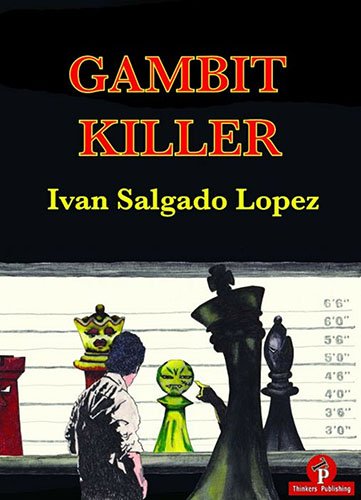“In the beginning, books were the place where you could find information. We did not have the Internet, so a place was required to store information in case we needed to check something. Things have changed dramatically over the years. Every year, the amount of information increases. It’s impossible to know everything, because we don’t have the time or the ability to store all the information in our heads.
“Chess is, after all, a game. It’s important to find the best moves. You don’t need to know everything about chess; what you need to know is the right things! This is why children now learn the game more quickly – they get the right information. Even if they don’t know many things, they have the right patterns in their heads!
“This is my first goal in this book. I want to give you ONLY the information that you need, no more, no less. Another thing I consider important is how the information is organized. The same information can be presented in many different ways; sometimes we will understand it perfectly, sometimes not. In my opinion, it is very important that a chess book should follow pedagogical principles to improve the learning process! I therefore decided to separate the material as follows:
- Introduction.
Historical games.
One page of theory.
The theory.
Understand it!
Complete games and try it!
- Introduction.
“I will not only teach you how to kill these gambits, I will teach you middlegame and endgame principles. I will teach you why some moves are better from a practical point of view, no matter what the engine says. I will tell you some funny stories from time to time, just to make the book more interesting. Most of the opening information was ready a year ago, but I have been checking and adding to it constantly. The result is the book you have in your hands right now. I gave it my best; I hope you appreciate it!” —Ivan Salgado May 2018



